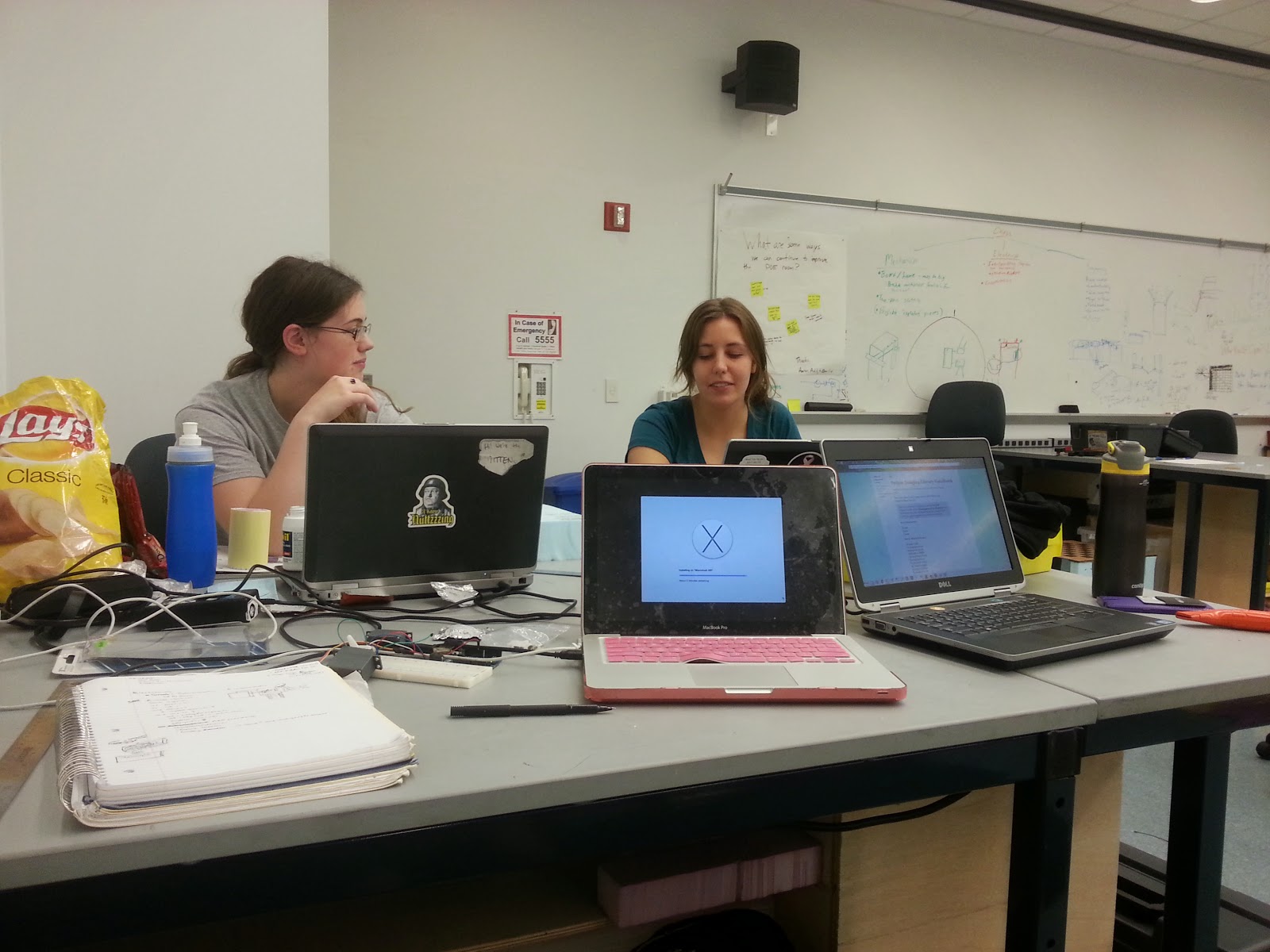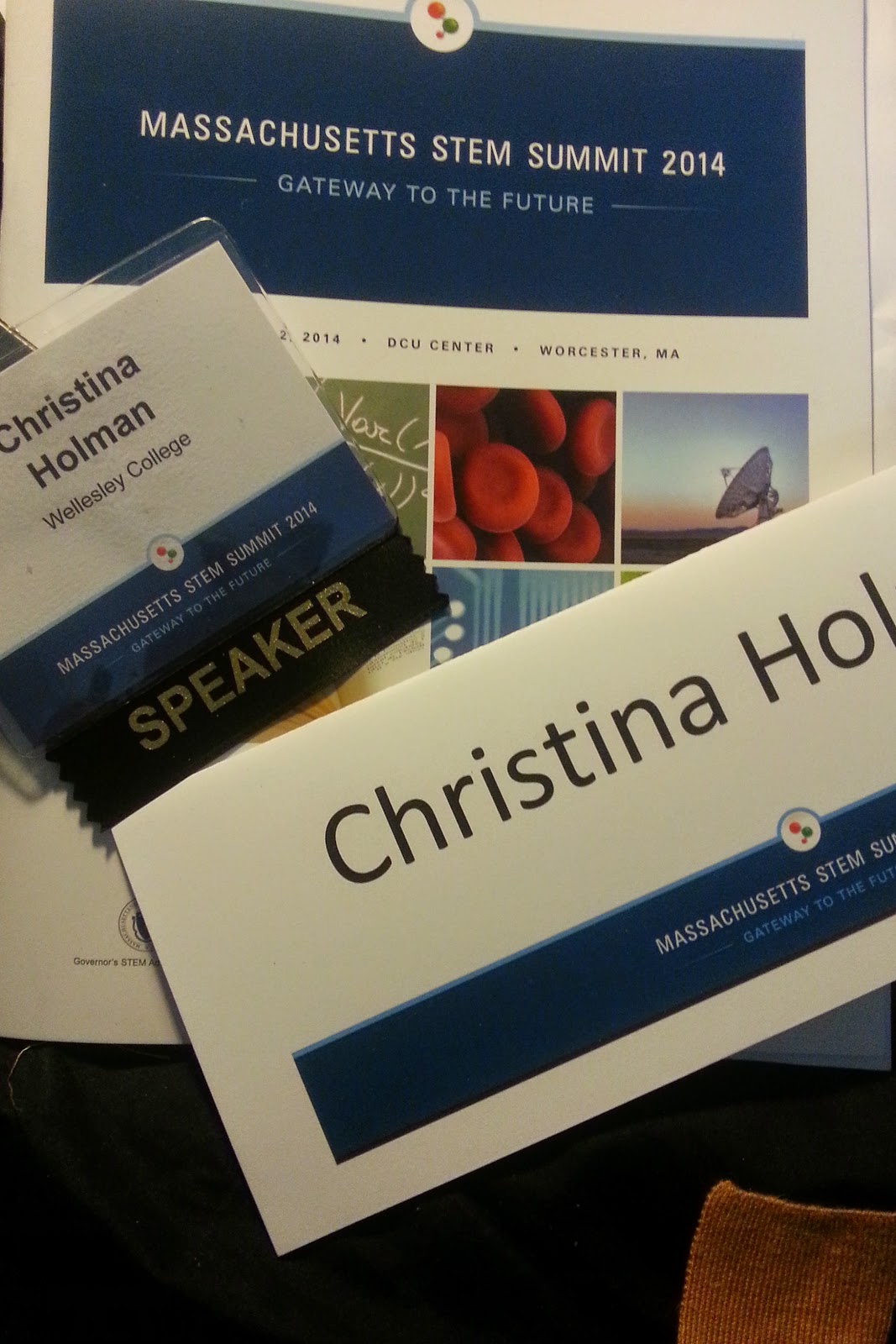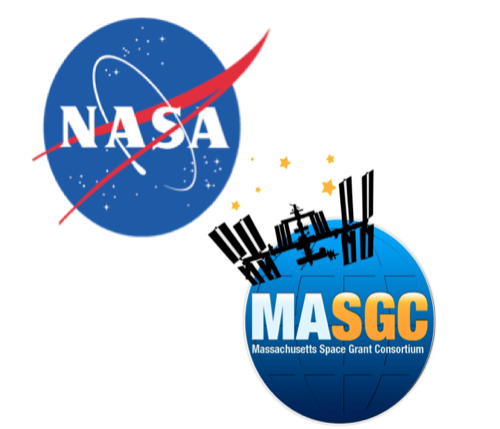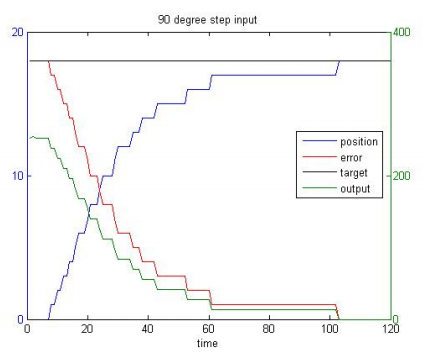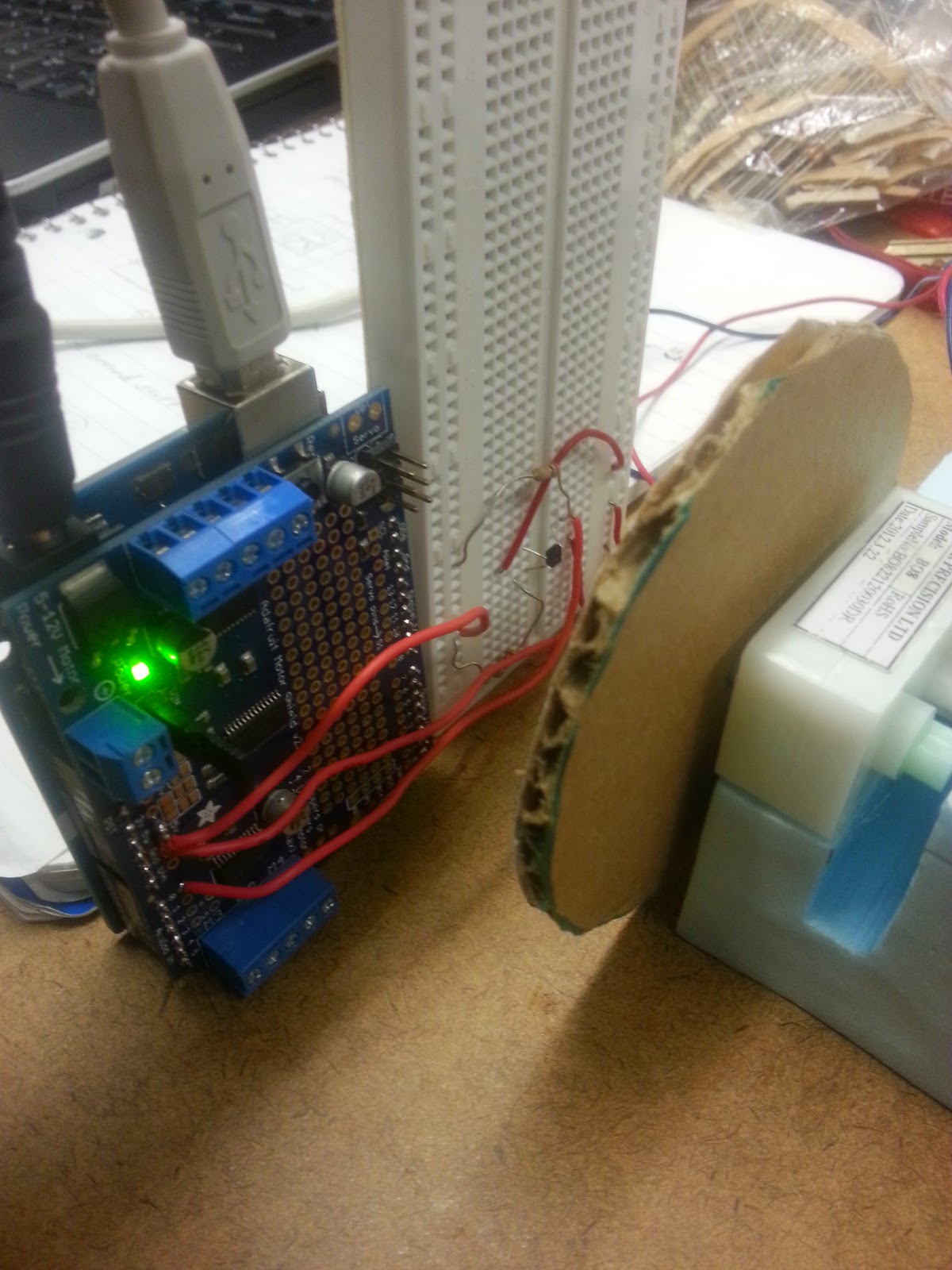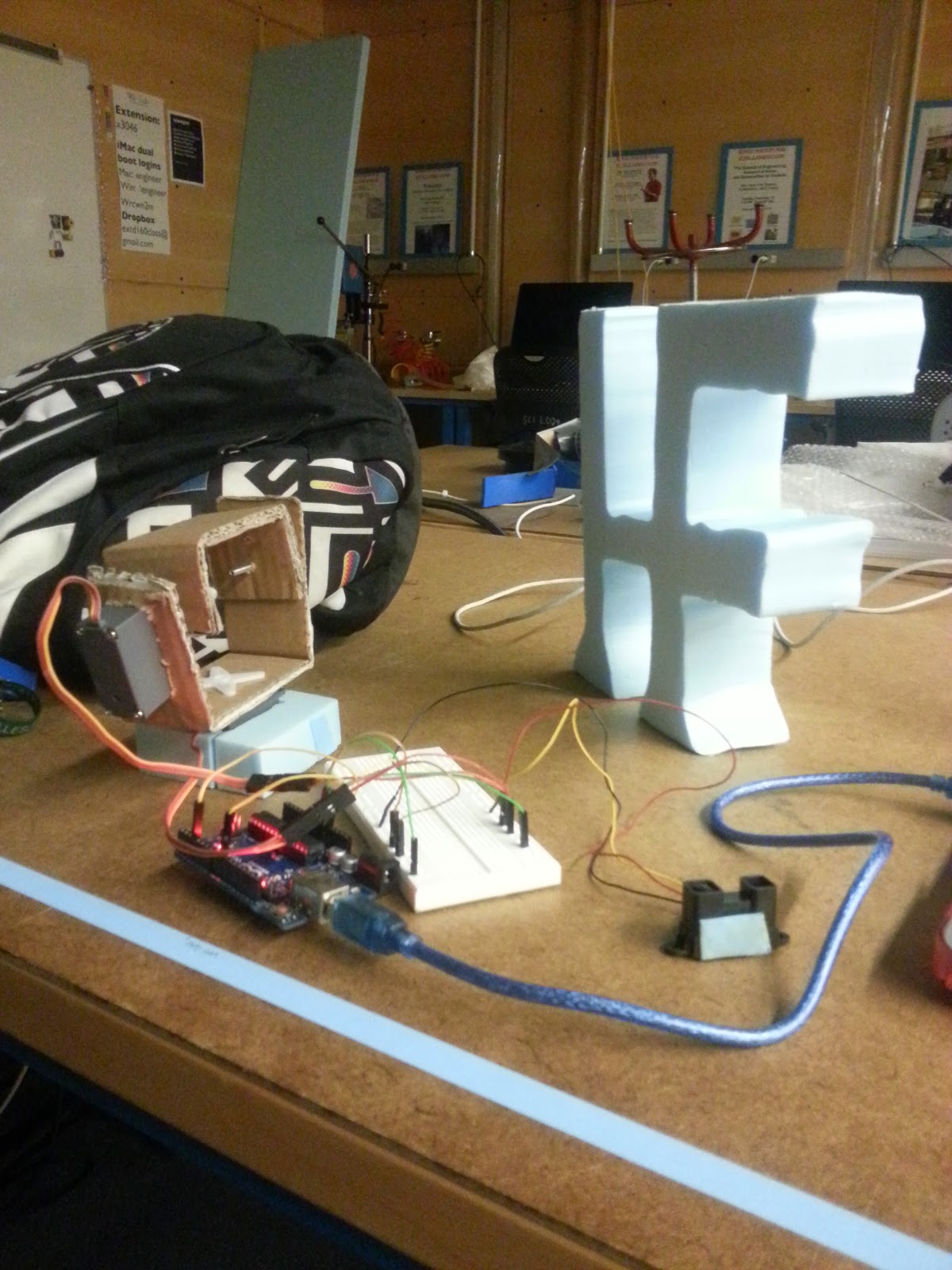CAKEBOT: Team Meeting I
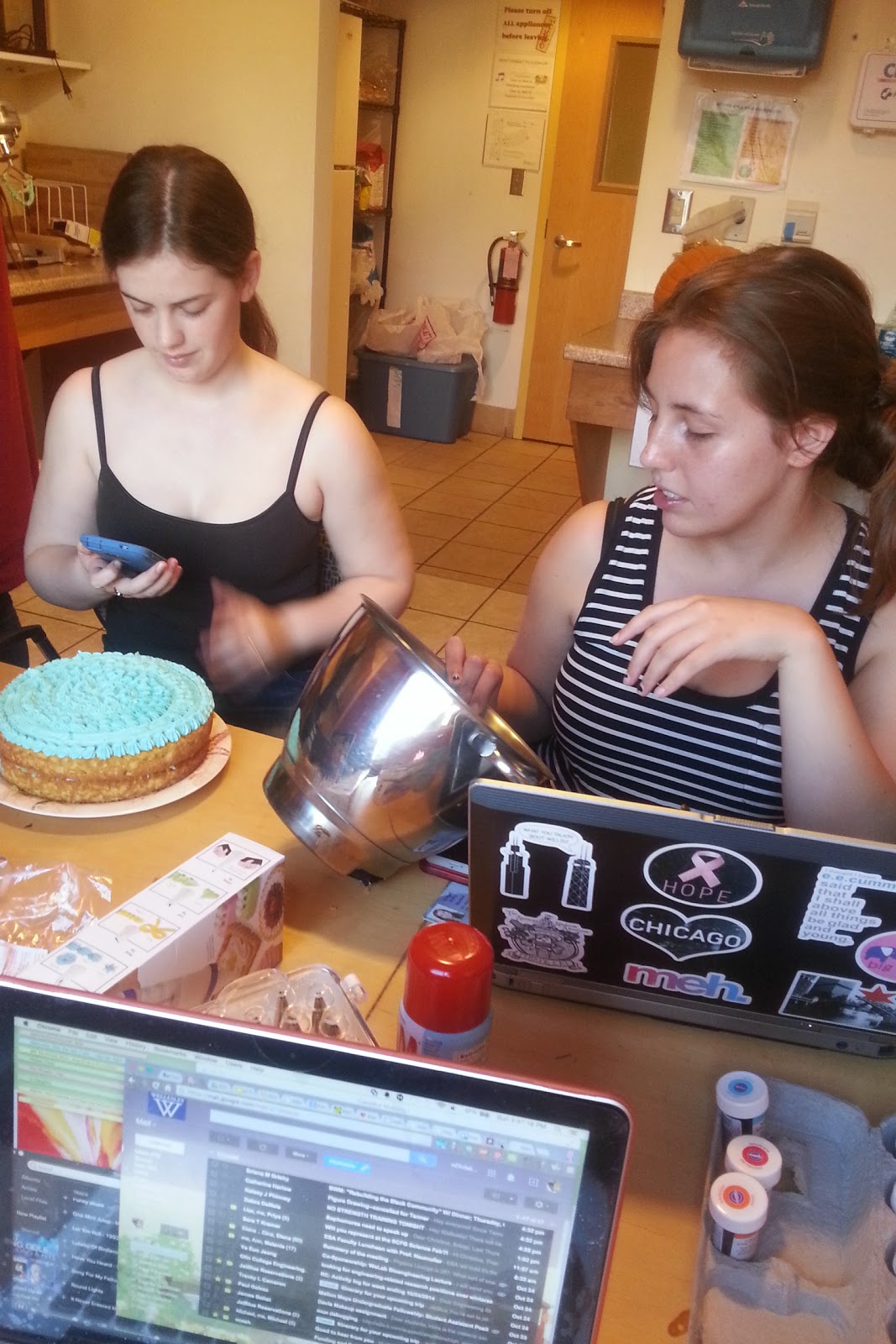
At our team meeting on Sunday after the first spring review, the crew decided to become familiar with the field at hand. We baked and decorated a 9-inch cake for observation. Baking the cake did take a portion of time and for the majority of that time, the team discussed ways in which we could extrude frosting. Emily and Cassie had taken a field trip to a Baking Store and found a Wilton Decorator Pro, which consisted of a plunging mechanism to extrude frosting from the attached storage container. Additionally, the tool allowed for interchangeable tips to create circles, stars, and waves. We took such a luxury into account for our design too. We reversed-engineered the Decorator Pro to understand how we could ensure that the frosting was forced out at a constant pressure. The Mechanics sub-team (Cassie and Emily) discussed how to remove the springs in order to directly integrate the equipment into the CAKEBOT, attaching the plunging arm to a motor for vertical movement. By then, the
